
Decorating Modern Farmhouse Interiors with Art: A Guide to Authentic Rustic Charm and Modern Flair
Transform your Modern Farmhouse with art that truly tells your story. Discover expert tips on choosing, placing, and lighting rustic finds, abstracts, and unique pieces to create authentic, soulful spaces that blend old and new.
Decorating Modern Farmhouse Interiors with Art: A Guide to Authentic Rustic Charm and Modern Flair
Modern Farmhouse. Just the words conjure images of cozy evenings, natural textures, and a timeless appeal, don't they? For me, this style is more than just shiplap and barn doors; it’s a living aesthetic, a heartfelt response to the cold minimalism that once dominated design. It blossomed from a yearning for comfort, authenticity, and a deeper connection to simpler times – and I’ve seen it truly flourish. But here’s the thing, and I’ve been thinking about this a lot lately: without careful curation, even the most beautiful Modern Farmhouse space can feel a bit… manufactured, like a stage set rather than a home. I remember seeing a perfectly staged farmhouse living room online once, all pristine and coordinated, and it felt so soulless, devoid of genuine warmth. It was a beautiful shell waiting for a heartbeat. My secret sauce, the real trick, is bringing in art that tells your story, something that speaks to your soul, not just a generic print picked off a shelf because it 'looks farmhouse.' It’s about creating a space that breathes with you, where you can actually kick off your shoes and feel truly at home, not one that simply ticks boxes. So, let's dive into how we can bring that genuine soul and character into your Modern Farmhouse spaces, elevating them beyond predictable trends by exploring various art types, from rustic finds to unexpected abstracts, and discussing how to place and light them to truly make your home sing.
The Essence of Modern Farmhouse: Blending Old and New
When I picture Modern Farmhouse, I see a beautiful dance between rustic warmth and crisp, clean lines. It’s got that cozy, lived-in feel, but it’s edited, never cluttered. Think natural materials – wood, linen, galvanized metal (for me, the beauty of galvanized metal in this style lies in its industrial honesty, a nod to utility that becomes artistic) – mixed with a neutral palette of whites, grays, and warm beiges. It’s the kind of place where you can comfortably kick off your shoes, yet still host a dinner party with effortless grace. (No offense to barns, of course; I have a deep appreciation for their honest charm.)
This style isn't just a fleeting trend; it’s an evolution, really. It has roots deep in American vernacular architecture, drawing from styles like the sturdy Saltbox, the balanced Colonial Revival, and the handcrafted elegance of the Craftsman style, selectively borrowing elements to create a fresh yet familiar aesthetic. It blossomed in response to suburbanization, offering a comfortable, accessible antidote to rigid formality. This aesthetic grew from a profound desire for warmth and authenticity after years of stark, cold design, blending the functional truth of a traditional farmhouse with the sophisticated aesthetic of contemporary living – a look popularized by figures like Joanna Gaines, but truly made personal by its inhabitants.
Historically, art in such homes often meant handcrafted folk art, family heirlooms, or simply beautifully made utilitarian objects that served a dual purpose of function and aesthetic pleasure. The modern half of this equation, however, often subtly pulls from the clean lines of Scandinavian design, the understated elegance of French country styles, and even the functionalist principles found in Mid-century Modern aesthetics, giving it that crisp, edited feel. This blend of old and new is precisely why your art becomes such a crucial element in truly bringing a Modern Farmhouse to life, ensuring it feels genuine and personal, not just a curated collection of clichés.

Art as a Storyteller: The Soul of Your Home
I’ve always believed that art isn't just decoration; it's a conversation starter, a mood setter, a quiet observer of your daily life. In a Modern Farmhouse interior, where simplicity often reigns, art becomes even more pivotal. It breaks the monotony, adds layers of personality, and injects a sense of history or whimsy that mass-market decor just can't replicate. It can even serve as an heirloom, connecting your family's past to your present, weaving a rich tapestry of personal narrative. This focus on art as a personal narrative echoes sentiments expressed by movements like the Arts and Crafts movement, which emphasized individual craftsmanship and unique expression over mass production, or even the later Pop Art movement, which, in its own way, highlighted everyday objects and personal experiences, making art accessible and personal. It's about moving beyond mere decoration to truly infusing your character when decorating a home.
I recall a particular moment that truly solidified this for me: working on a piece for a client who had this absolutely stunning Modern Farmhouse kitchen. Everything was pristine, beautiful, with gleaming surfaces and purposeful design, but there was an almost palpable quietness to the space. We found this vibrant abstract piece that echoed the lush greens from her garden outside, and suddenly, the whole room hummed with life. It wasn't 'farmhouse art' in any stereotypical sense, but it was her art, and it made all the difference, transforming a perfect space into a personal sanctuary.
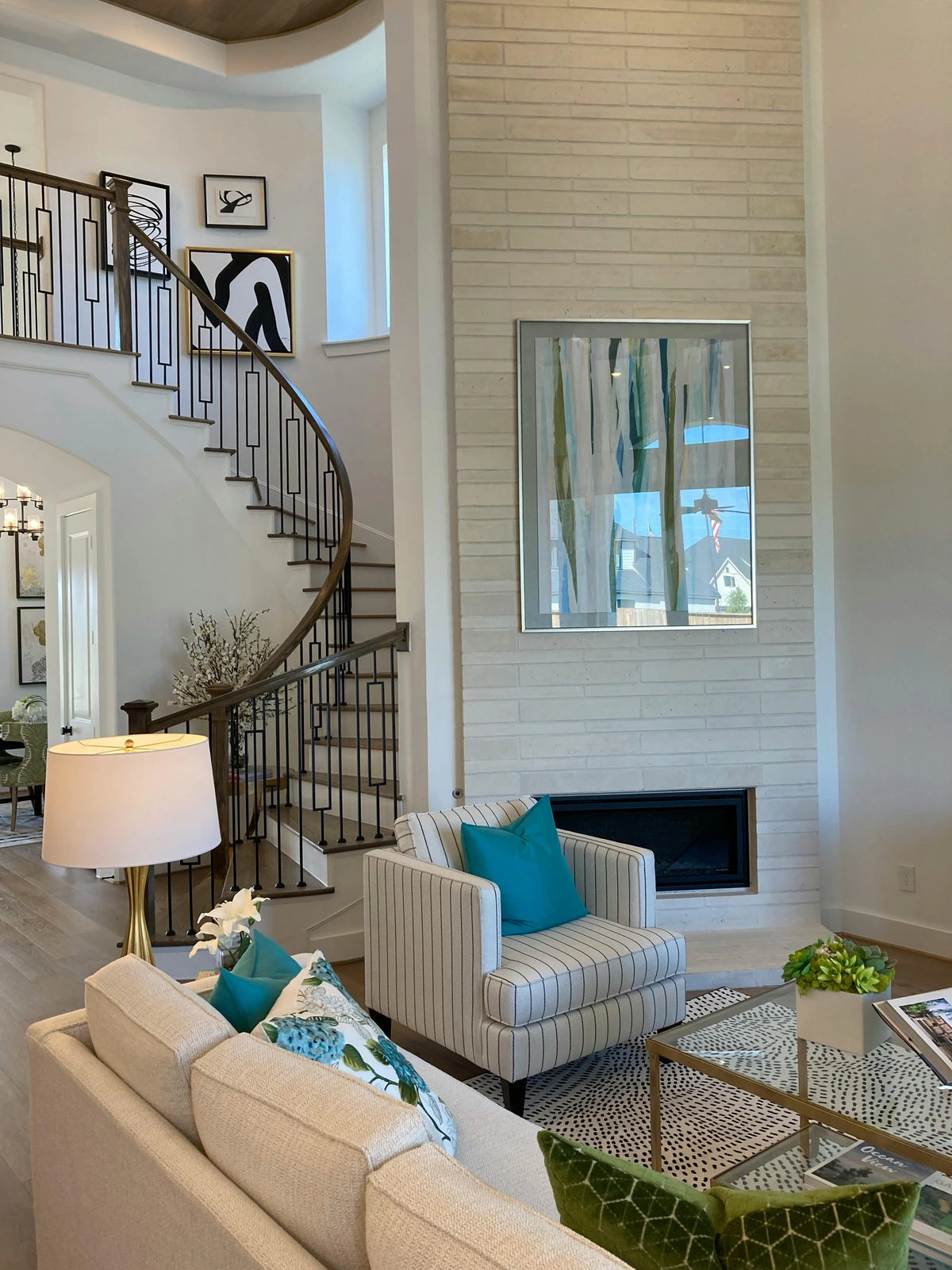
The challenge, as I see it, is how to honor that rustic authenticity without falling into the trap of mass-produced 'farmhouse chic' that lacks soul. You know the kind: overly distressed items that look like they survived a wrestling match with a badger rather than generations of loving use, or generic signs with mass-market slogans. These items, while attempting to capture a rustic feel, often miss the genuine charm and unique story that true art provides. And that, my friends, is where art steps in. It’s the soul of the space, the unexpected detail that makes it uniquely yours. So, how do we choose these pieces that resonate so deeply?
Choosing Your Canvas: What Art Fits Your Modern Farmhouse?
This is where it gets fun, because the answer isn't as simple as 'rustic signs.' While those certainly have their place, I like to push the boundaries a bit, finding pieces that complement the style without being overly literal. The materials, colors, and textures you choose for your art and its framing play a huge role in achieving that Modern Farmhouse balance. Let’s explore some categories that I believe truly elevate a Modern Farmhouse interior.
1. Rustic & Found Objects: Celebrating the Handcrafted and History
This is where the 'farmhouse' heart truly sings. It's about bringing in pieces that carry the whispers of time and human touch. Think vintage tools, beautifully weathered wood sculptures with raw, natural finishes, or even well-chosen textile art like a hand-stitched quilt or a chunky woven wall hanging. I once acquired a rusty, forgotten ploughshare from an old farm – I practically had to wrestle it from a very determined squirrel who seemed to think it was his winter hoard – cleaned it just enough to reveal its story, and mounted it on a simple oak board. It became an incredible conversation piece.
Consider an aged wooden butter churn as a sculptural element, a collection of antique gardening tools arranged artistically on a wall, or oversized ceramic jugs. Even sculptural pieces of driftwood, a large woven basket, or a collection of old, tarnished silver platters artfully arranged can speak volumes about a home's history. It’s about texture, authenticity, and pieces that feel like they have a story to tell. Look for items with genuine patina, intricate weaves, or the subtle imperfections that whisper tales of their origin. When it comes to sourcing, don't limit yourself to just antique shops; explore architectural salvage yards, local estate sales, online marketplaces for antique tools and farm implements (like Etsy or specialized vintage online stores), or even local craft fairs for pieces by artisans working with natural materials.
Remember, preserving these pieces ethically means cleaning them minimally to maintain their original character – a gentle brush and mild soap, perhaps – rather than heavy sanding or chemical stripping that erases their hard-won patina and history. This commitment to honoring an object's past also beautifully aligns with principles of upcycling, reducing waste while celebrating authentic character. These pieces are the grounding force, the tactile whispers of history that truly make a Modern Farmhouse feel authentic.
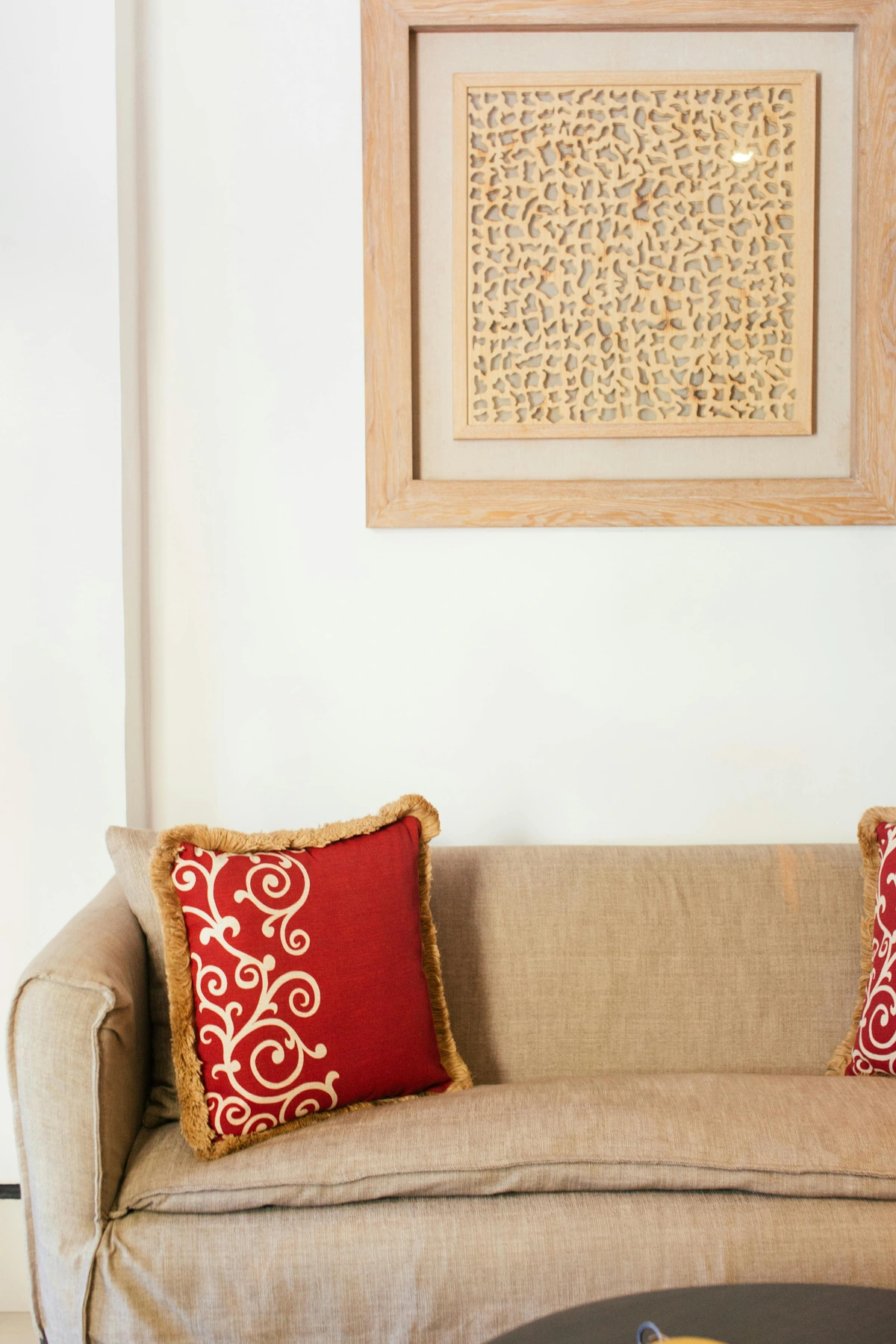
Nature's Own Artwork: Greenery and Natural Elements
While we're talking about art, let's not forget nature's own artwork! In Modern Farmhouse interiors, greenery and other natural elements are crucial for complementing your chosen pieces. A beautifully arranged vase of dried flowers (e.g., eucalyptus branches or Pampas grass for textural interest), strategically placed houseplants (like a sprawling Fiddle Leaf Fig for a bold statement, or a sleek Snake Plant for clean lines), or even a simple branch found on a nature walk. Don't forget other natural elements like smooth river stones artfully arranged in a bowl, a collection of intriguing seashells, or even a statement piece of driftwood that acts as a natural sculpture. These elements enhance the organic, lived-in feel and create a harmonious dialogue with your artwork. They soften lines, add texture, and breathe literal and figurative life into a space. Imagine a vibrant abstract piece paired with a sprawling fiddle-leaf fig, or a rustic found object set against a backdrop of delicate ferns – the interplay is truly magical.
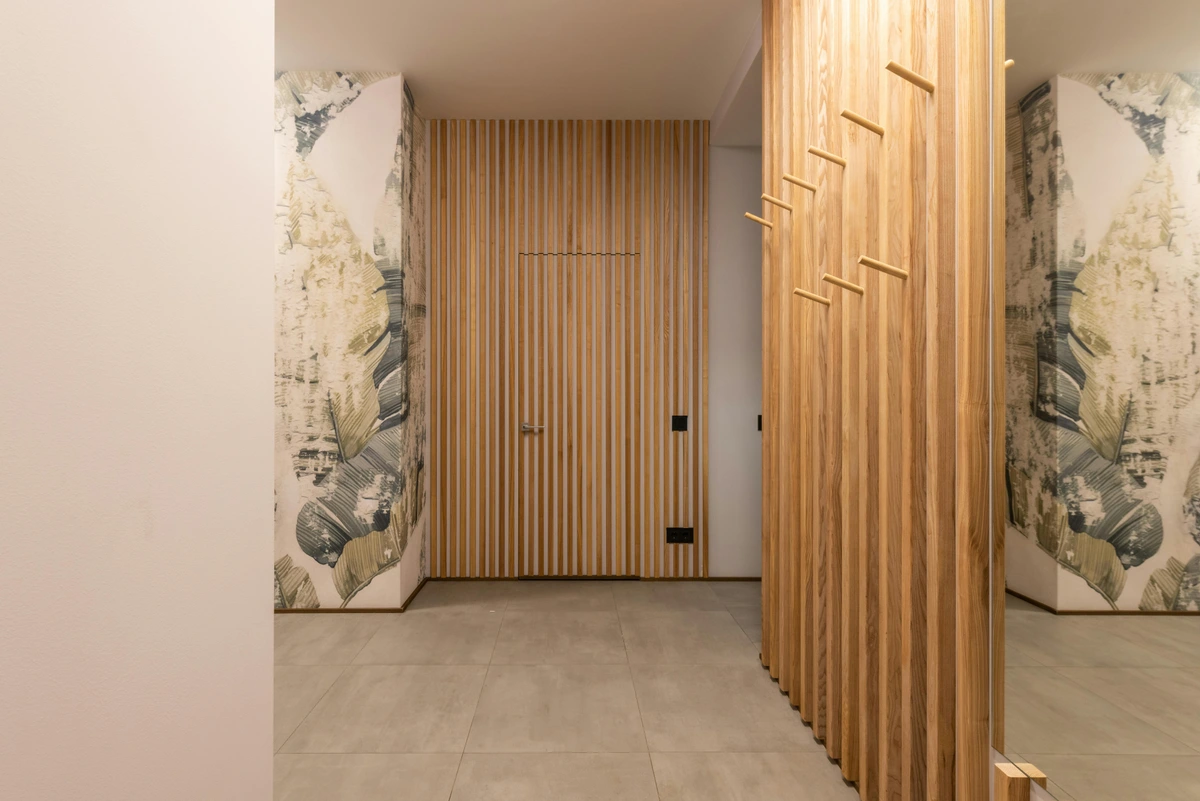
2. Vintage & Nostalgic Pieces: A Nod to the Past
This category lets us weave in threads of personal or universal history. Think old maps (especially of meaningful places), botanical prints (local flora or scientific illustrations of regional wildlife are my absolute favorites), antique portraits (those with a slightly faded, mysterious quality, perhaps of common folk, ship captains, or even charming still-life paintings of produce or everyday objects, with less formal posing – these often feel more authentic than grand, formal oil paintings because they speak to an everyday humanity, a connection to ordinary lives that resonates deeply with the farmhouse ethos), or even quirky vintage advertisements. I recently found a beautiful, slightly yellowed print of a 19th-century Dutch fishing boat at a local flea market, and it instantly added a layer of quiet history to my studio. These pieces often come with a built-in narrative, making your home feel more established and personal. Just make sure they don't feel too 'curated' from a big-box store. The best ones feel like treasures you stumbled upon yourself, echoing a sense of the past without feeling staged. Consider framing them simply, perhaps in thin black metal or brass frames, to give them a modern edge while preserving their antique charm. These nostalgic pieces offer a gentle invitation to remember and reflect, adding layers of story to your walls.
3. Photography: Capturing Timeless Moments
Photography, often overlooked in Modern Farmhouse, can be a surprisingly powerful artistic choice. I once saw a sprawling black and white landscape print, almost panoramic, hung above a reclaimed wood mantel; it instantly transformed the room, bringing the vastness of the outdoors inside. Think large-scale black and white prints that capture the serene vastness of nature, or intimate, sepia-toned vintage family photos that lend a deeply personal, historic touch. Even contemporary photography featuring stark geometric patterns, weathered textures, or evocative monochromatic cityscapes can offer a compelling juxtaposition against rustic elements, introducing a thoughtful modern edge. The key is simple: choose images that evoke emotion or a sense of narrative, truly complementing the authenticity this style strives for. Simple, classic frames—perhaps a clean black, white, or a natural wood—work best to let the photographic subject shine. These captured moments add a layer of personal history and raw, unedited beauty.

4. Sculpture: Adding Dimensionality and Form
While found objects can certainly be sculptural, don't underestimate the power of standalone sculpture to add depth and tactile interest. Imagine a contemporary ceramic piece with an organic, hand-thrown quality, or a metal sculpture with clean lines that reflects light in intriguing ways. But don't stop there; consider abstract forms carved from raw wood, intricate pieces woven from natural fibers like jute or sisal, or even thoughtfully repurposed agricultural elements (like a weathered gear or a distinctive, well-patinated section of an old wagon wheel given a new life as an art object). These can be particularly effective when placed on a mantel, a console table, or even as a floor piece in a corner, inviting interaction and offering a different kind of visual weight. The beauty of sculpture is its three-dimensionality; it commands attention and adds an unexpected layer of sophistication. Look for pieces by local artisans or metalworkers that share the Modern Farmhouse ethos of craftsmanship and natural materials. Sculptural pieces introduce a dynamic visual weight, enriching your space with tangible forms and textures.
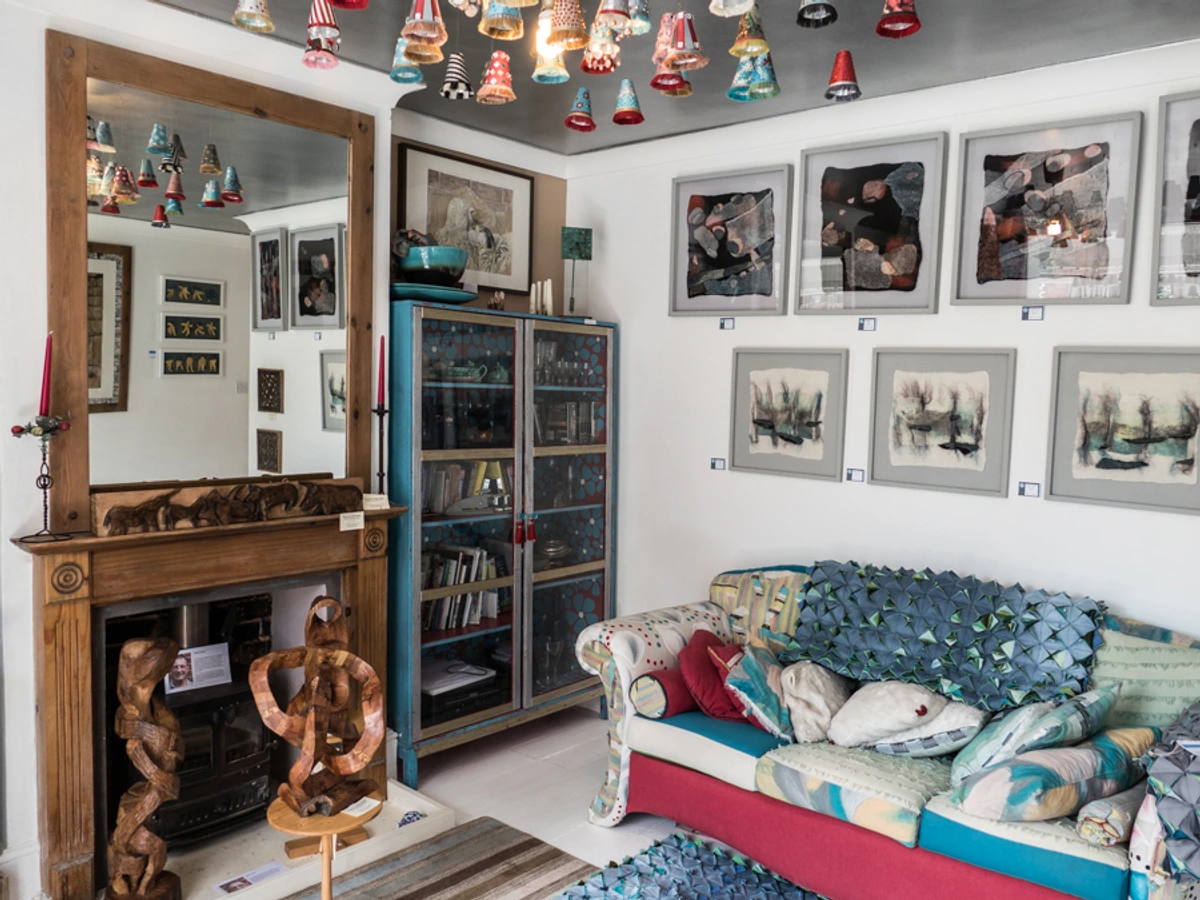
5. Abstract Art: The Unexpected Harmony
Now, I know what some of you might be thinking: 'Abstract art in a farmhouse?' Trust me, my own abstract canvases, with their bold colors and energetic strokes, can be surprisingly at home here. It's all about that unexpected harmony, like finding a wildflower in a perfectly manicured garden. Modern Farmhouse, by its very name, has a 'modern' side, and abstract art is perhaps its most powerful ally in expressing that. The 'modern' element of this style craves the sophistication and open-ended interpretation that abstract art provides. Think of expressive gestural pieces or serene color fields that introduce a contemporary edge, a splash of unexpected color, and a sense of depth that can really elevate a space. Imagine earthy greens, sky blues, or muted ochres creating a visual dialogue with your natural surroundings. It’s about adding sophisticated interest without shouting. If you’re curious about exploring this, I often find pieces that play with color theory, exploring how different hues can shift the mood of a room—for instance, balancing the warmth of a rustic room with cool blues and greens, or using a vibrant accent color to awaken a neutral palette, much like the concepts explored in the psychology of color in abstract art. For framing abstract pieces, I often lean towards sleek black metal or simple light wood frames to let the artwork itself take center stage. Could a bold splash of crimson or a soft wash of teal breathe new life into your neutral palette? I bet it could – and you can find many pieces that do just that in my abstract works for sale. Abstract art is the bridge between rustic charm and contemporary sophistication, offering endless possibilities for personal expression.
![]()
6. Minimalist & Textural Works: Clean Simplicity
Sometimes, less truly is more, especially when you want the artwork to speak softly but profoundly. Think monochromatic pieces with strong textures – perhaps heavily impastoed canvases (where paint is applied thickly to create a textured surface), pieces using sand-infused paint for a gritty surface, or even raw linen canvases that celebrate the inherent texture of the material, or large-scale monochromatic photography with interesting grain. This approach, much like some of the concepts explored in art for minimalist interiors, keeps the clean lines of the 'modern' aspect of the style intact while still adding significant visual weight and tactile interest. Here, I often find myself drawn to the concept of wabi-sabi, that beautiful Japanese aesthetic celebrating imperfection, impermanence, and the beauty of natural materials. It teaches us to find grace in the authentic wear and tear of time – like a cracked ceramic vase lovingly mended with gold lacquer, a process known as Kintsugi, where breaks are celebrated rather than hidden, or a handwoven tapestry with beautifully uneven fibers. For me, it's about finding beauty in the authentic wear and tear of life and materials, and it profoundly influences how I approach my own art, finding perfection in the imperfect mark. Raw wood or simple white frames work beautifully here, letting the quiet strength of the piece shine. These works offer a sense of serene contemplation, perfect for adding understated depth.
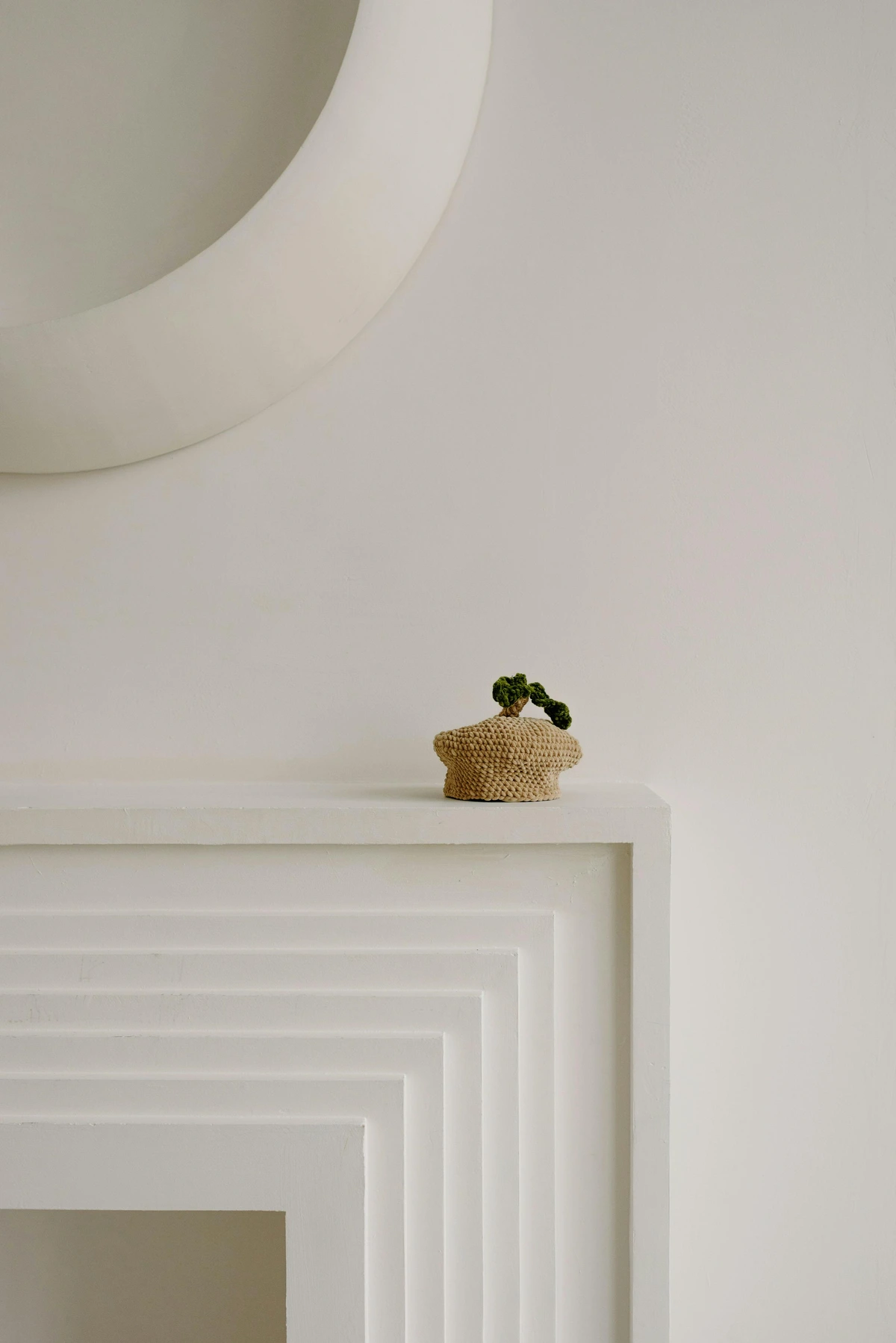
7. Budget-Conscious Art: Creativity Without the Cost
Let's be honest, filling a home with art can feel like a daunting financial commitment. But it doesn't have to be! This style, with its emphasis on authenticity and history, is incredibly forgiving when it comes to budget-friendly solutions. I've found some of my most cherished pieces in the most unexpected places. Think about repurposing old objects as art – beautifully rusted tools or ceramic plates can be artfully arranged. Explore local flea markets, thrift stores, or antique fairs for vintage prints, old maps, or botanical illustrations that just need a simple frame. Even high-quality prints of public domain art can be stunning, offering historical gravitas without the price tag. For those with a DIY spirit, consider creating your own textured plaster art on small canvases, framing pressed flowers from your garden, simple linocut prints with rustic motifs, stenciled designs on salvaged wood, or even crafting simple woven pieces from old fabric scraps into abstract textile art. The beauty lies in the hunt and the personal story behind each piece, regardless of its cost.
Where to Hang Your Heart: Placement and Illumination
Once you've poured your heart into choosing the perfect pieces, the next step is to make them shine. Placement is just as crucial as the art itself, and this is a pitfall I've seen many people fall into: not considering the scale of a piece relative to its surroundings. An oversized artwork can make a dramatic statement, becoming the unquestionable focal point of a room, especially effective above a large sofa or a bed. But smaller pieces shouldn't be underestimated; they’re perfect for creating intimate vignettes on open shelving or tucked into unexpected corners. The key is balance: make sure the art feels comfortably at home, not dwarfed by large furniture, nor overwhelming a small space. Your eye should flow naturally through the room, guided by the art's presence, whether it's a bold statement or a subtle whisper. Remember to also consider visual weight – how heavy or light a piece feels based on its color, density, and form – not just with scale, but also with color and texture, especially when placing art in relation to other decorative elements like mirrors, textiles, or shelving displays. For instance, a dark, large abstract piece above a sofa might need lighter, airier pieces around it, or a subtle, monochromatic landscape could be balanced by a chunky knit throw, ensuring the room feels cohesive, not lopsided.
The Impact of Lighting on Placement
Once you’ve chosen your pieces and decided where they’ll live, how do you ensure they truly shine? Lighting, of course, plays a vital role. It's an often-overlooked hero in the world of art display. Natural light, of course, is a gift, and strategically placing your art to catch the morning sun or the soft glow of twilight can transform a piece throughout the day. But we can't rely solely on nature, can we? Thoughtfully placed spotlights or picture lights can dramatically enhance the impact of your chosen pieces, drawing the eye and highlighting textures and colors. Consider adjustable tracks to give you flexibility, allowing you to spotlight different pieces as your collection evolves. For Modern Farmhouse, consider fixtures with an industrial-inspired edge, sconces with natural materials like wood or rattan, or woven lampshades that cast interesting shadows. This isn't just about brightness; it's about revealing the subtle nuances and making your art truly sing.
Above the Fireplace: The Ultimate Focal Point
This is a classic for a reason. A strong piece of art above your fireplace instantly draws the eye and anchors the room. Here, scale is paramount. I often suggest a single, impactful piece rather than a busy collection, to maintain that clean Modern Farmhouse aesthetic. The scale and material of your fireplace itself will also guide your choice; a grand stone fireplace might demand a larger, more robust piece, while a sleek, minimalist mantel could perfectly showcase a delicate abstract or a series of smaller, complementary works. Think about a large abstract with complementary colors or a substantial landscape. If you’re looking for ideas, check out decorating with art above a fireplace for more depth.
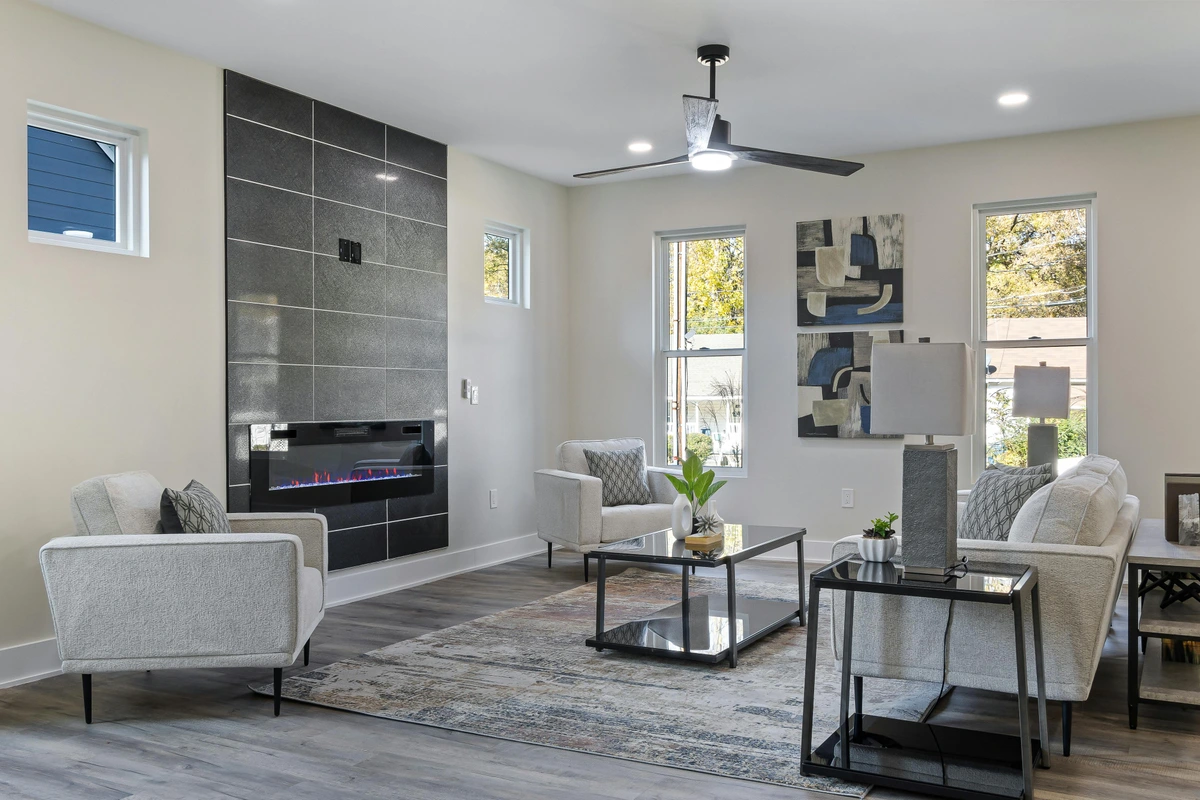
Gallery Walls: Weaving Your Narrative
This is my favorite way to tell a story. A thoughtfully arranged gallery wall can bring together diverse pieces – photographs, prints, small abstract paintings, even framed textiles – into a cohesive narrative. The key, especially in a Modern Farmhouse, is not to make it too chaotic. Stick to a dominant color scheme or a common frame style (like all black, all wood, or a mix of black and white) to unify the collection. For a charming farmhouse feel, consider a collection of nature-inspired pieces, a series of family portraits, a mix of abstract photography and delicate illustrations, or vintage botanical prints mixed with small abstract pieces in muted earth tones, or a family photo wall interspersed with small landscape paintings. Remember, even with many pieces, you want a sense of curated calm.

Open-Plan Layouts: Defining & Transitioning Zones with Art
Modern Farmhouse homes often embrace open-plan living, which presents a unique opportunity for art. Instead of just filling walls, consider how art can subtly define different functional zones within a larger space. For instance, a large, commanding abstract piece (perhaps with deep blues or earthy greens) can anchor the living area above a sectional sofa, drawing the eye and establishing a clear boundary. Meanwhile, a series of smaller, complementary prints or a curated gallery wall with botanical themes might delineate the dining space above a farmhouse table. Use art to create visual pathways, guiding the eye from one area to the next, fostering a sense of cohesion even across expansive layouts. It's about ensuring each zone feels distinct yet harmoniously connected, and can even act as a gentle visual transition between a living space and a dining area, for instance, by carrying a subtle color or thematic thread.

Finding Art for Utilitarian Spaces: Hallways, Stairs, & Kitchens
These often-overlooked areas are perfect canvases! A long hallway can become a journey through a series of landscapes, a progression of abstract patterns, or even a thematic collection of framed quotes about journeys. For a staircase, consider a gallery wall that ascends with the stairs, inviting the eye upward, perhaps with a rhythmic series of abstract pieces creating visual interest. A small, unexpected piece in a powder room can be a delightful conversation starter, offering a moment of quiet contemplation. For kitchens, think framed botanical prints, vintage recipe cards, old signage for pantry staples, or even a small, framed piece of pottery – anything that can withstand the environment while adding personality. For a home office, a bold graphic print or an inspiring abstract can energize the space. In a guest bathroom, a calming abstract or a serene landscape can offer a welcoming touch. These spaces, though utilitarian, offer fantastic opportunities to extend your home's artistic narrative and add unexpected moments of beauty.
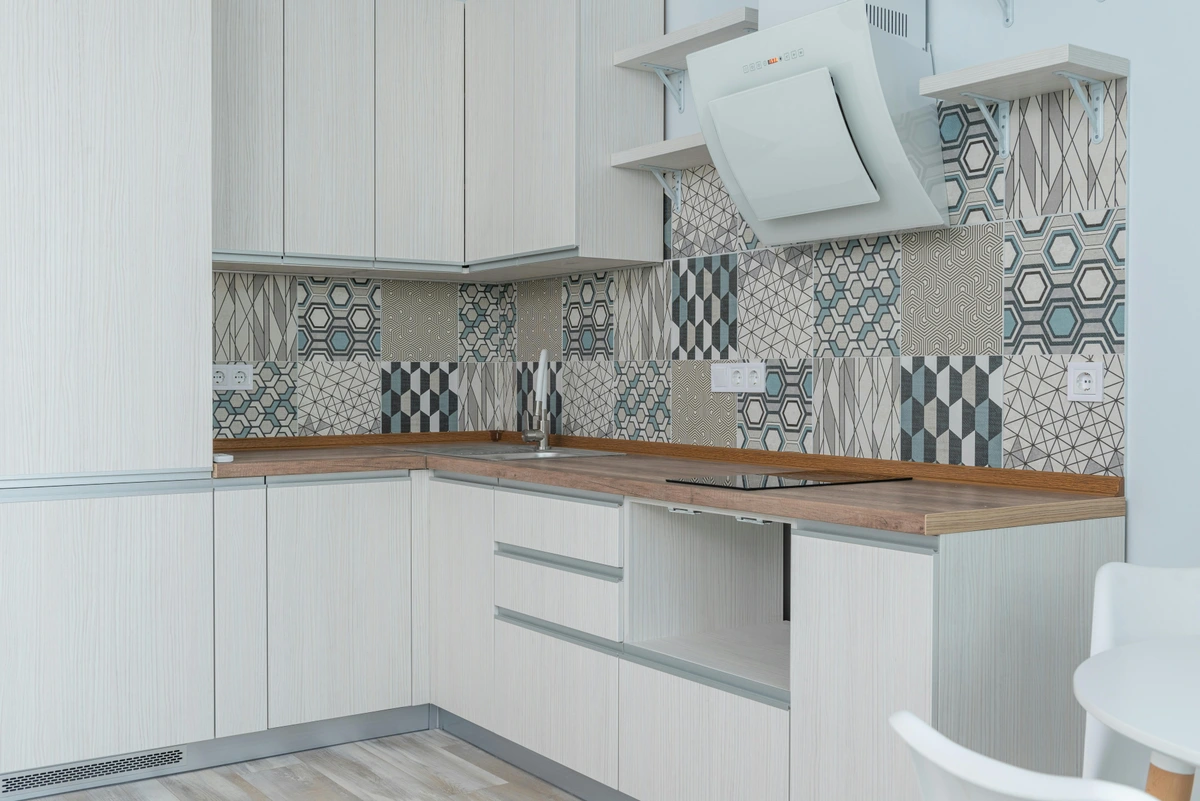
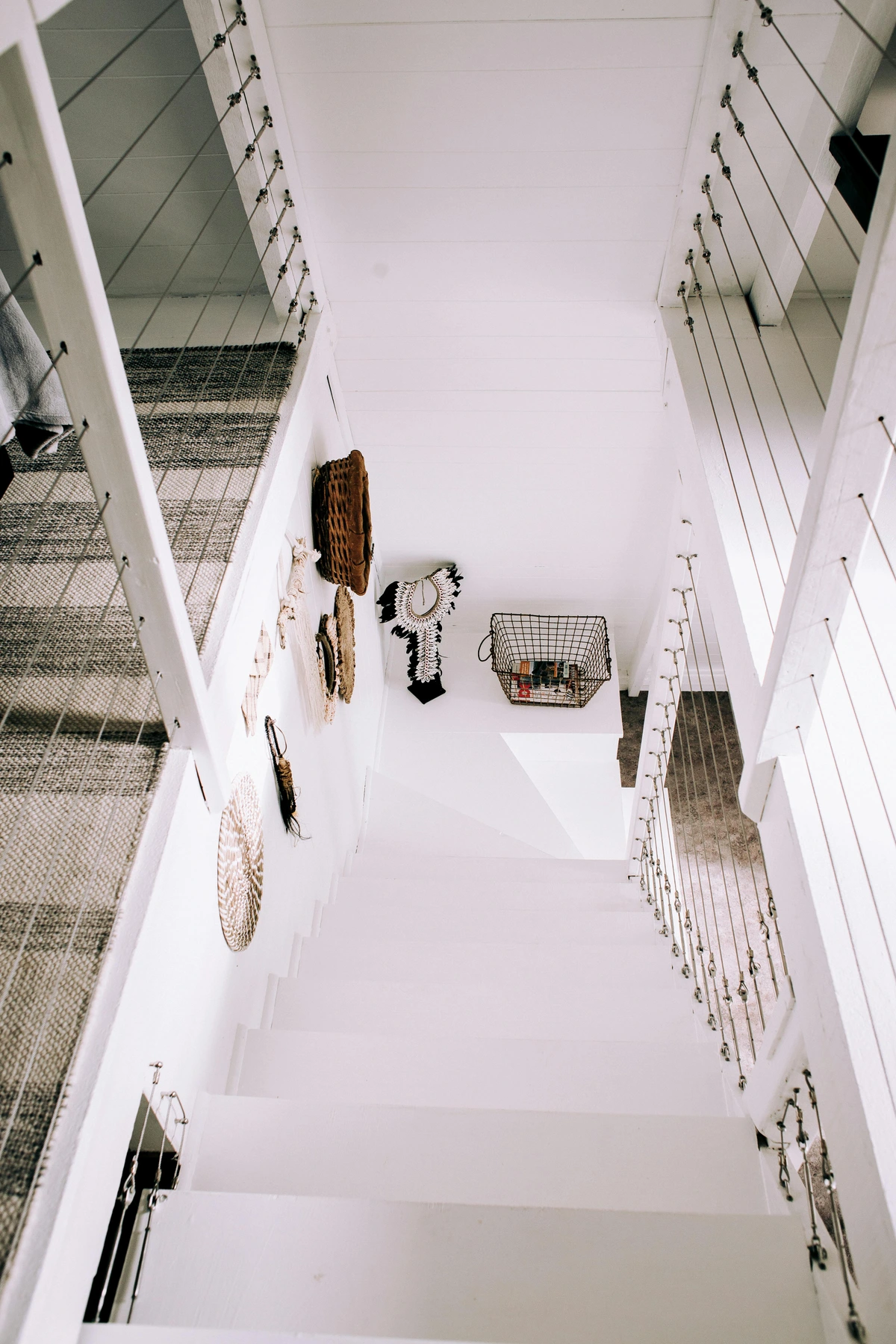
Art as an Investment or Heirloom: A Legacy of Beauty
It's worth remembering that the art you choose isn't just for today's decor; it can become a cherished investment and a future heirloom. Beyond any potential monetary appreciation, the true value lies in its emotional resonance and the stories it accumulates over time. A significant piece, whether a painting, sculpture, or a unique found object, can accrue profound sentimental value, becoming a part of your family's legacy and sparking conversations for decades. This adds another layer of meaning to your curation, as you're not just decorating, but building a collection that will tell stories for generations to come – perhaps a piece you acquired on a special trip, or one that reminds you of a particular milestone. Understanding the provenance – the history of ownership and origin – and any artist statements can deepen your connection to the piece and enhance its significance within your home, transforming it into a living part of your family's narrative. For lesser-known artists or found objects, delving into local historical societies, specialized antique dealer resources, or even online forums dedicated to specific crafts can unearth fascinating backstories and help you document your piece's journey.
My Personal Takeaways for Decorating with Art in Modern Farmhouse
Honestly, after all this talk about rustic finds, vintage treasures, powerful photography, captivating sculptures, and the unexpected harmony of abstract and minimalist works, it really boils down to a few simple things for me, reflecting my own artistic journey and philosophy:
Reflecting Your Unique Personality
This is the most important part. Your art should tell your story. If you adore gardening, consider art featuring botanical themes or even beautifully framed vintage seed packets. If you love to travel, subtle landscapes from places you've visited can add a personal touch. Don't just follow trends; let your passions shine through. It’s about creating a space that feels like a warm embrace of you.
Avoiding the "Over-Decorated" Trap
While I love art, I also believe in thoughtful curation. Modern Farmhouse thrives on a sense of calm and intentionality. Resist the urge to fill every blank space. Sometimes, a well-chosen piece needs room to breathe, to truly make an impact. Over-decorating can diminish the power of individual pieces and create a cluttered, chaotic feel, which is the antithesis of the serene farmhouse aesthetic. Less truly can be more; I've had to learn this the hard way myself, sometimes with pieces I loved individually but overwhelmed a space when combined – my walls once looked like a very enthusiastic, but slightly disoriented, art fair, demanding more breathing room than they were given!
Don't Be Afraid to Experiment
The beauty of art (and decorating, for that matter) is that it's not permanent. Try things out. Move pieces around. I've often discovered the perfect spot for a painting only after it's lived in three other places first. What feels off today might feel just right tomorrow, so go ahead and play!
It's Okay to Break 'Rules'
If a piece of art speaks to you, even if it doesn't fit the stereotypical 'farmhouse' mold, bring it home. Your home should reflect you, not a magazine spread. That authenticity is far more valuable than strict adherence to a style guide. I once convinced a client to hang a strikingly vibrant, almost neon abstract piece in her otherwise perfectly muted farmhouse living room. Everyone, including her, was initially hesitant, but the moment it went up, it brought such an unexpected jolt of personality and joy, becoming the room's undeniable heart. It proved that sometimes, the 'wrong' piece is exactly the right one. Maybe that means a bold, modern piece from my timeline fits perfectly in your rustic living room – embrace it.
Buy What You Love
This is the golden rule, the one I come back to again and again. If you truly love a piece of art, you'll find a way to make it work. It will bring you joy every day, and that's the ultimate goal of any home, isn't it? If you ever find yourself near my museum in 's-Hertogenbosch, I'd be delighted for you to see the collection built on this principle. And perhaps you'll discover a piece among my abstract works for sale that speaks to you, just as they spoke to me.
Frequently Asked Questions (FAQ)
Q: Can abstract art really work in a Modern Farmhouse setting?
A: Absolutely! In my experience, abstract art can be a fantastic complement to Modern Farmhouse interiors. It introduces a modern element, adding depth, color, and visual interest without being overly literal or cliché. The key is to choose pieces that harmonize with the existing color palette or introduce a thoughtful pop of color, and perhaps look for abstract pieces with tactile textures or natural framing that resonate with the farmhouse aesthetic. It’s all about creating that intriguing tension between the old and the new, a dance I personally find incredibly engaging.
Q: What's the best way to integrate art if my farmhouse is already quite rustic?
A: If your Modern Farmhouse leans heavily rustic, art can help introduce balance and prevent the space from feeling too heavy or monotonous. Consider pieces that bring in cleaner lines, a more minimalist aesthetic, or even bold abstract works to provide a fresh contrast. Also, think about texture: a smooth, glossy abstract painting can be a beautiful counterpoint to rough-hewn wood, or a delicate line drawing can offer lightness. Remember to also consider the general topic of choosing art for your living room. My own strategy would be to introduce something truly unexpected but harmonious, like a pop of vibrant colour in an otherwise earthy palette.
Q: Should all art in a Modern Farmhouse home match?
A: Not at all! In fact, I'd argue against it. A home filled with perfectly matching art can feel sterile and impersonal, almost like a hotel lobby. The beauty of a Modern Farmhouse, much like any well-loved home, comes from a curated collection that reflects different aspects of your personality and experiences. Aim for cohesion through a common thread – maybe a similar color temperature, a mix of natural frames, or simply your personal taste – rather than strict matching. A curated gallery wall is a great example of this, bringing diverse pieces into harmony. It’s about collecting what you love, not what "fits."
Q: What kind of frames should I choose for art in a Modern Farmhouse?
A: For Modern Farmhouse, natural wood frames (light oaks, distressed finishes, or even raw wood) are often a go-to, as they enhance the rustic appeal. However, don't shy away from black metal frames or simple white frames, especially for more modern or abstract pieces, as they can bring in that 'modern' edge. The framing should complement both the artwork and the room's overall aesthetic without overpowering either. It's about finding that balance between the art and its presentation, and sometimes, a simple frame can make a profound statement.
Q: Where can I find unique art for my Modern Farmhouse?
A: Beyond traditional galleries, explore local art markets, antique shops, architectural salvage yards, or even online platforms where independent artists sell their work. I’m a big advocate for discovering pieces that truly resonate with you, even if that means a journey to a museum or browsing diverse art for sale online. Vintage prints, old maps, botanical illustrations, and handmade textile pieces are also wonderful finds. The goal is to find pieces with character and a story, not just mass-produced decor. Often, the hunt itself is part of the joy!
Q: Are there budget-friendly ways to decorate with art in this style?
A: Absolutely! Look for vintage prints at flea markets or thrift stores, support local emerging artists, or even frame high-quality prints of public domain art. Repurposing old objects as art (like beautifully rusted tools or ceramic plates) is also very much in line with the farmhouse aesthetic and can be incredibly budget-friendly. For DIY projects, consider creating your own textured plaster art on small canvases, framing pressed flowers, or even crafting simple woven pieces. A little creativity goes a long way, and some of my most cherished pieces are ones I've found or made myself on a shoestring budget.
Q: How can I choose art that complements my existing furniture without looking too matchy-matchy?
A: This is a fantastic question, as a 'too matchy-matchy' look can strip a Modern Farmhouse of its authentic charm. The trick isn't to perfectly match colors or styles, but to find pieces that harmonize through a shared element. Perhaps the art features a subtle color from your furniture, or its texture provides a counterpoint (e.g., a smooth abstract against a rustic wooden cabinet). Consider artwork that offers a gentle contrast rather than direct replication. For example, if you have a lot of dark wood, a light and airy abstract can provide balance. Focus on creating a sense of dialogue between your art and furniture, allowing each to shine while contributing to a cohesive, lived-in feel. It’s about building a conversation, not a choir where everyone sings the same note.
Q: What's the difference between a 'farmhouse chic' print and authentic art?
A: Ah, the classic dilemma! 'Farmhouse chic' prints often lean into mass-produced, trend-driven aesthetics – think generic signs with overly distressed finishes or repetitive, clichéd imagery designed to appeal broadly. They often lack a unique story or the genuine patina of age. Authentic art, on the other hand, whether it's an original painting, a unique sculpture, a vintage find, or a piece by an independent artist (like many found in my own collection), carries a distinct voice, a history, or a handcrafted quality. It’s about intrinsic character, unexpected detail, and a sense of having been thoughtfully made or discovered, not just manufactured to fit a trend. It has soul, a backstory, and often, an imperfection that tells a tale.
Q: How can I incorporate children's art into a Modern Farmhouse home?
A: Children's art can bring immense warmth and personal touch. Choose a selection of their most vibrant or meaningful pieces, frame them simply (perhaps in a uniform style like white or light wood frames), and incorporate them into a gallery wall or display them on open shelving. You can also dedicate a specific, well-lit corner for a rotating display of their masterpieces, making it a focal point of family life. It’s a wonderful way to celebrate creativity and bring life into your home, reminding everyone of the joy and unfiltered perspective that children's art offers.
Q: Is seasonal art appropriate for Modern Farmhouse interiors?
A: Yes, seasonal art can be a delightful way to refresh your Modern Farmhouse space. Think botanical prints that reflect the current season, dried floral arrangements, or even small, festive abstract pieces that incorporate seasonal color palettes without being overly thematic. The key is subtlety and integration; choose pieces that enhance the existing aesthetic rather than clashing with it, keeping the overall grounded and elegant feel of the style. I often rotate a few smaller abstract pieces in my own home to reflect the changing seasons, simply by shifting their placement or combining them with seasonal natural elements.
Q: How do I ensure my art lasts in a farmhouse environment, especially in high-humidity areas like kitchens?
A: Great question! In areas like kitchens or bathrooms, which can experience higher humidity, choose art mediums that are more resilient. Canvas prints, metal prints, or framed art behind glass are generally good choices. For paper-based art, ensure it's properly matted and framed with conservation-grade materials (like acid-free mats and UV-protective glass or acrylic) to protect against moisture, warping, and fading from sunlight. Always avoid direct sunlight for prolonged periods, as it can severely fade colors and damage materials. Think about acrylic rather than glass for some prints as well, as it's less prone to shattering if there's a playful mishap. I've learned that investing in good framing is truly an investment in the longevity of your beloved pieces.
Q: What if I love a piece that feels “too modern” or “too rustic” for my existing Modern Farmhouse decor?
A: This is where the 'modern' and 'farmhouse' tension truly comes alive! The beauty of this style is its inherent blend. If a piece speaks to your soul, you can absolutely make it work. For a 'too modern' piece, balance it with earthy textures in the room, like a wool throw or a reclaimed wood side table. For a 'too rustic' piece, pair it with cleaner lines in furniture or a sleek, minimalist frame. The goal isn't strict adherence, but thoughtful integration. Your personal connection to the art will always be its strongest selling point, tying diverse elements together naturally. It's about finding that perfect, slightly imperfect, balance, much like the style itself.
Q: How can I incorporate large-scale art into a smaller Modern Farmhouse space?
A: This is a fun challenge! For smaller spaces, a single, large-scale piece can actually make the room feel bigger by drawing the eye and establishing a clear focal point, rather than cluttering the walls with many small items. The trick is smart placement: consider a large abstract painting above a sofa or bed, or a tall, slender sculpture in a corner to draw the eye upward. Choose art with simpler compositions or a limited color palette to avoid overwhelming the space. Sometimes, less is indeed more, even when "less" means a single, impactful "more" piece.
Q: How do I curate a cohesive collection over time in a Modern Farmhouse?
A: Curating is a wonderful, evolving process! Start with pieces you genuinely love, as your personal taste will be the strongest unifying factor. Rather than focusing on strict matching, look for common threads: a consistent color temperature (warm vs. cool), similar framing styles (e.g., all natural wood or mixed black and white), or shared themes (like nature, family, or abstraction). Don't rush; let your collection grow organically. Mix new finds with heirlooms, and don't be afraid to rearrange or rotate pieces as your style evolves. It’s about building a narrative, a visual autobiography, rather than creating a static display.
For me, creating a home filled with art you truly love, art that tells your story, is the ultimate artistic endeavor. It's about crafting a life, not just decorating a house, a canvas you evolve every day. Let your heart lead the way, and you'll create a space that feels truly, beautifully yours—a sanctuary where every piece, perhaps even one of my own abstract works for sale, resonates with meaning. And that, I think, is the best kind of art there is.




